Hello and welcome to Work Week, the podcast where we tackle one big question about the rapidly evolving workplace, explore what the research says about the issue, and explain what it all means for you.
I’m Dr. Gabby Burlacu, Senior Manager at The Upwork Research Institute. And what you’re hearing is a digital proxy of my voice — created by our team with the help of AI.
Today, we’re asking a question that’s top of mind for both leaders and workers.
The big question for this week is: Will artificial intelligence finally bring us the long-anticipated shorter work week — or is it setting the stage for even longer working hours?
First, let’s set the scene. The shorter work week has been a topic of conversation for nearly a century. In an essay published in nineteen thirty, economist John Maynard Keynes predicted that by the time his grandchildren entered the workforce, they’d be clocking fifteen hours a week. A few decades later, as robotics and early computing systems were developed, many people expected that as machines took over more labor, workers would all have more leisure time.
However, the only major change came with the nineteen thirty-eight federal Fair Labor Standards Act. For all of the technological innovation that has happened since, the standard nine-to-five, forty hour work week hasn’t changed all that much — and for many knowledge workers, the work week has only gotten longer.
With recent advances in AI, the pace of work is changing. However, will this speed and efficiency translate into working less — or will it raise the bar for what’s expected of workers?
Eric Yuan, CEO of Zoom, made a bold prediction. He suggested that AI agents will become sophisticated enough to move companies toward a three- or four-day work week. He’s not alone. Bill Gates, Jensen Huang, and Jamie Dimon have all echoed similar visions: that AI will enhance productivity to such a degree that businesses will no longer need to require five full days of labor to accomplish key goals.
It’s an exciting idea — but what does the data say?
At The Upwork Research Institute, we track the real impact of AI on work. And what we’re seeing is a story with signs of promise, but also signs for caution.
In our report, From Tools to Teammates: Navigating the New Human-AI Relationship, we found that the people who are most productive with AI are also the most burned out. Specifically, eighty-eight percent of workers who described themselves as highly productive when using AI also reported experiencing burnout.
Let that sink in.
Yes — AI can make you faster. But if faster becomes the expectation, and the pace of work accelerates without meaningful changes to workload or culture, burnout is all but inevitable.
For some, taking on unsustainable amounts of work feels like the new expectation. For others, leadership is actively pushing this shift. Another one of our research reports, titled From Burnout to Balance: AI-Enhanced Work Models, found that eighty-five percent of business leaders are either mandating or strongly encouraging the use of AI in their organizations. That’s a fast adoption curve.
Many leaders understand that employees are feeling the strain — sixty-nine percent acknowledge that workers are struggling to keep up with productivity demands. However, eighty-four percent of leaders believe their organizations prioritize well-being over productivity.
But this isn’t how employees feel. When we asked full-time workers whether they believe their company puts well-being first, only sixty percent agreed.
This’s a big gap in perception — and it matters. Because when workers believe their employer values output more than wellness, the likelihood that they feel overwhelmed jumps significantly. Seventy-three percent of those workers report feeling overwhelmed at least some of the time. That compares to only fifty-six percent of workers who believe their employer prioritizes well-being.
All of this data paints a complicated picture. AI is not inherently good or bad — but how organizations implement AI has real consequences for how people experience their jobs.
To be clear, some early examples show how AI may support a healthier relationship with work — particularly in how work is being reorganized.
Take independent professionals as an example. While freelancing isn’t new, what we’re seeing now is a growing number of skilled workers choosing non-traditional work arrangements, often driven by a desire for more control over time, energy, and priorities.
In our most recent Future Workforce Index, we found that more than one in four skilled knowledge workers in the U.S. are now freelancing. Many cite the flexibility to design their own schedules as a major motivator. And it seems to be working. Eighty-three percent of skilled freelancers say their work has a positive impact on their physical, mental, and emotional well-being.
As we highlighted in episode twenty of Work Week, Marcus Grimm is one freelancer who uses AI tools to drive productivity without stretching himself too thin. As a marketing automation specialist, Marcus uses AI to conduct market research, generate initial outline drafts for clients, and analyze monthly business outcomes. He sees AI as a starting point for the creative process, but reviews all AI outputs to ensure accuracy and alignment with client goals.
By automating routine tasks with AI, Marcus has increased his productivity by thirty to forty percent, enabling him to expand his client base and income, without extending his work week.
The way many freelancers approach work illustrates a broader shift — a move away from rigid schedules and long hours, toward more flexible, outcome-driven models. AI can help support this shift — by enabling asynchronous work, reducing the need for meetings, and automating routine tasks. But again, that only happens if organizations design for this mindset shift.
Failing to intentionally design AI-integrations to support employee wellness can lead to longer work weeks and other negative outcomes. And this trend is already playing out in some high-pressure industries.
For example, some tech companies are adopting or encouraging the “nine-nine-six” culture. This longer work week model — in which employees work from nine a.m. to nine p.m., six days a week — started in China and largely continues there. This is in spite of a twenty twenty-one ruling by a Chinese high court that banned companies from requiring such long hours.
In Silicon Valley, some tech companies are adopting similar models, going so far as to highlight seventy-hour work week expectations in job descriptions. Other companies probe candidates during the interview process about their willingness to work long hours.
Instead of using AI to reduce hours, this approach uses AI to redefine what a full day of work looks like — and it stretches the boundaries of what’s considered reasonable output.
Even for companies that don’t explicitly adopt these extreme schedules, the risks are still present. With AI tools available around the clock and integrated into our devices, it becomes easy — even habitual — to squeeze in just one more task. To check in late at night. To keep responding, even after hours.
The technology doesn’t enforce these behaviors — but it enables them. And without intentional guardrails, these behaviors can become norms.
This brings us to the real heart of the issue.
Will AI lead to a shorter work week or longer hours?
The answer depends almost entirely on the decisions of both leaders and workers. The technology itself doesn’t directly lead to longer working hours. How work is structured, what gets rewarded, and how success is defined at the organizational level determines whether or not well-being and work-life balance are included with AI integrations.
Leaders have a choice. Do companies use AI to support people — or to push them further? Do teams reimagine roles and workflows — or simply automate more of the same?
One thing is clear: the structure of work is changing. The “work to be done” is no longer a static list of tasks. It’s shifting. AI is introducing new responsibilities, new capabilities, and entirely new categories of jobs — like prompt engineering, AI-assisted decision-making, or managing human-machine collaboration across teams.
Companies that embrace this shift — and design work with intention — have the opportunity to create more sustainable, energizing careers. But this requires a mindset shift: from maximizing hours to maximizing impact.
So, what can you do with all of this?
Let’s wrap, as we always do, with an action step you can implement immediately and a question to reflect on throughout the week.
Here’s your action step for this week: Start a conversation with your team or leadership about piloting a shorter work week — even just one week a month. Use this as an opportunity to explore how AI tools can help maintain productivity by streamlining routine tasks or automating parts of the workflow. Frame the discussion around outcomes, not hours. The goal isn’t to work less just for the sake of it — it’s to use AI strategically so that the same results can be achieved in fewer hours, with less strain on workers.
And here’s your reflection question: As AI improves speed and output, how are you adjusting expectations for your team so increased productivity doesn’t lead to longer hours?
AI has the potential to reshape the work week in a positive way — but only if organizations are willing to reshape our norms around availability, accountability, and productivity.
Thank you for listening to this episode of Work Week. I’m Gabby Burlacu and if this sparked ideas, conversations, or challenges, share it with a colleague. Tune in next week as we continue this conversation by covering a related topic — how AI can help workers reduce meeting hours and reclaim focus time for strategic work. And be sure to subscribe so you don’t miss future episodes as we continue exploring the future of work.







.png)
.png)
.png)
.png)
.png)



.png)

-p-500.jpg.png)

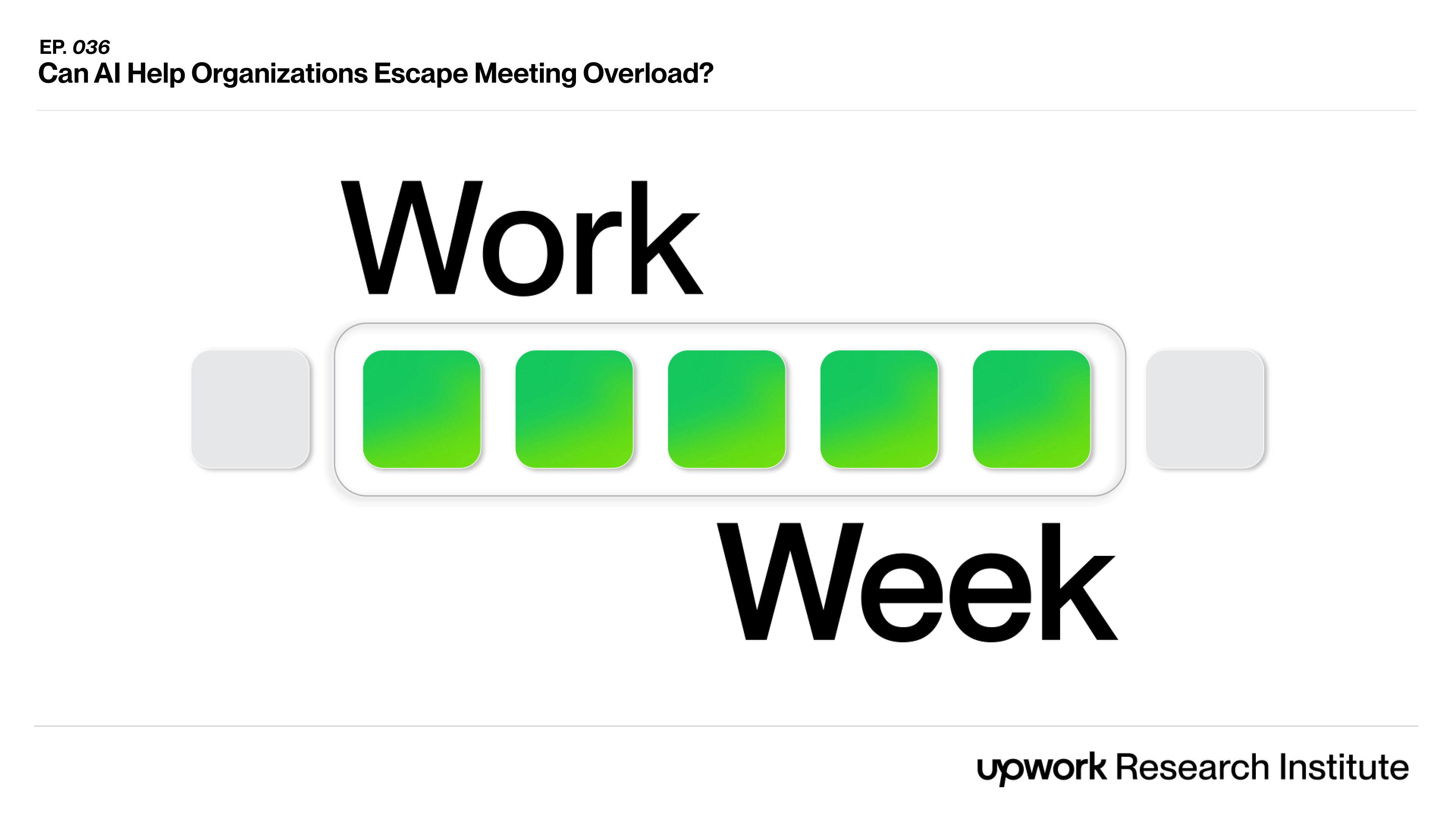
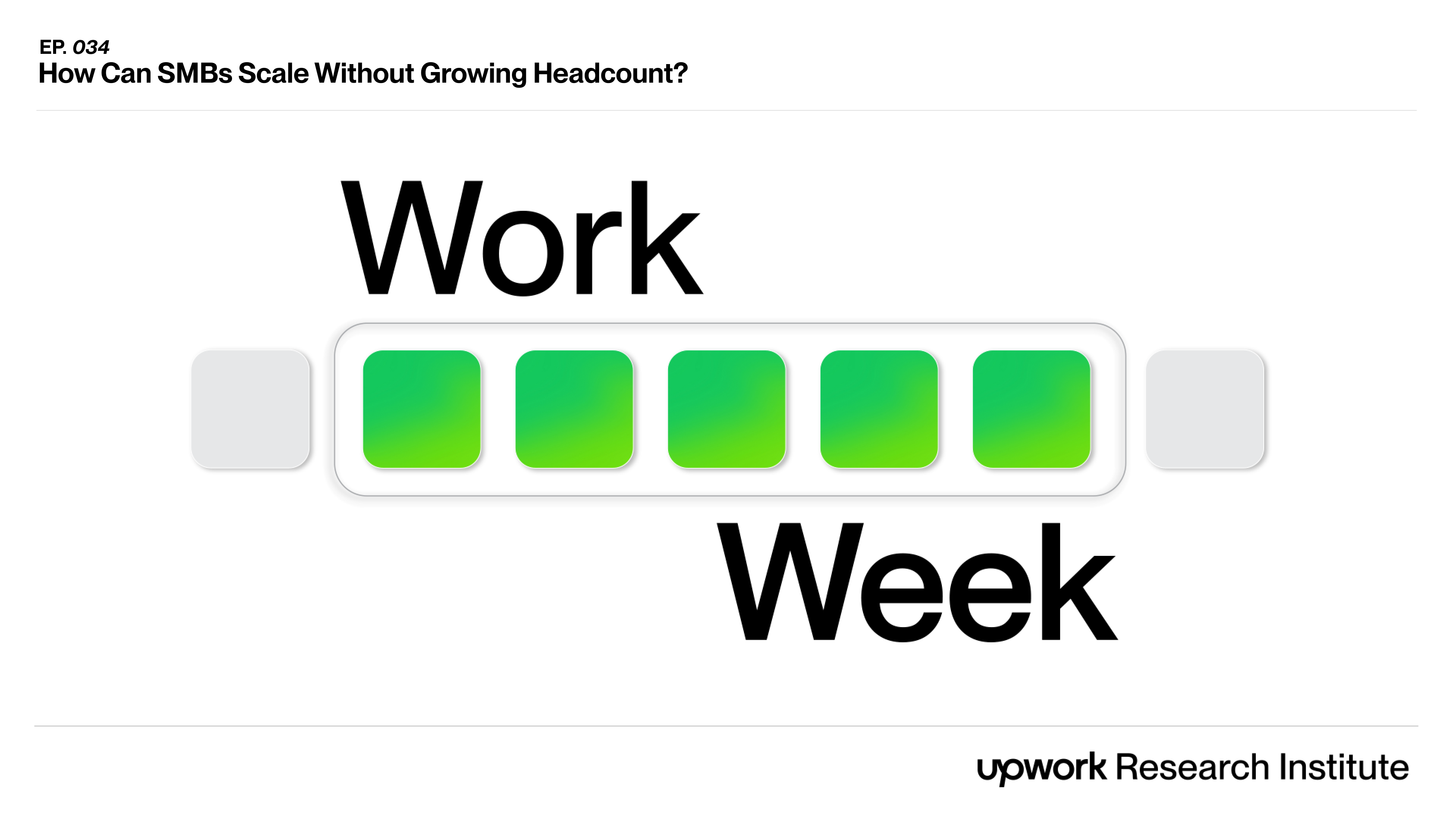
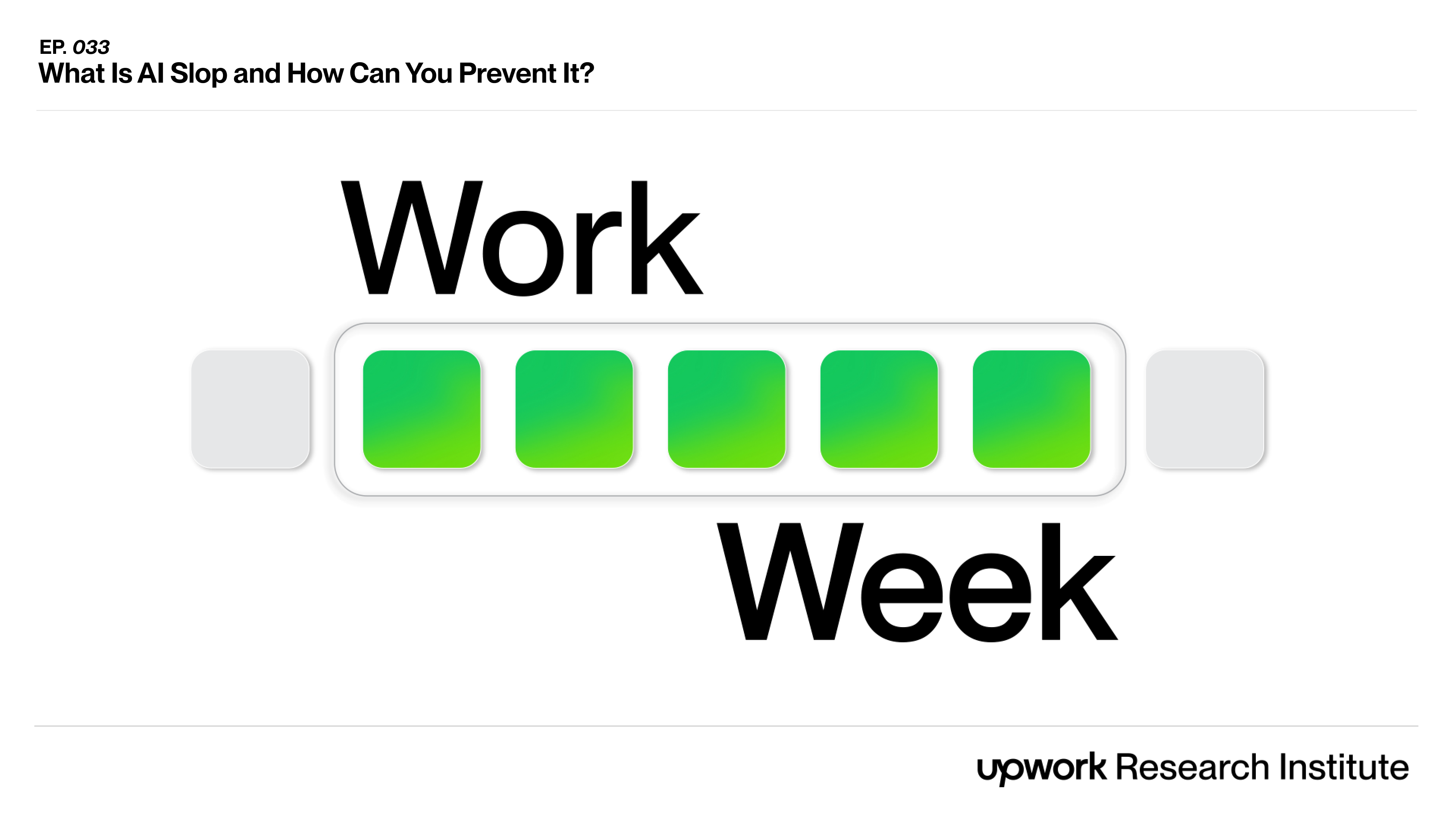
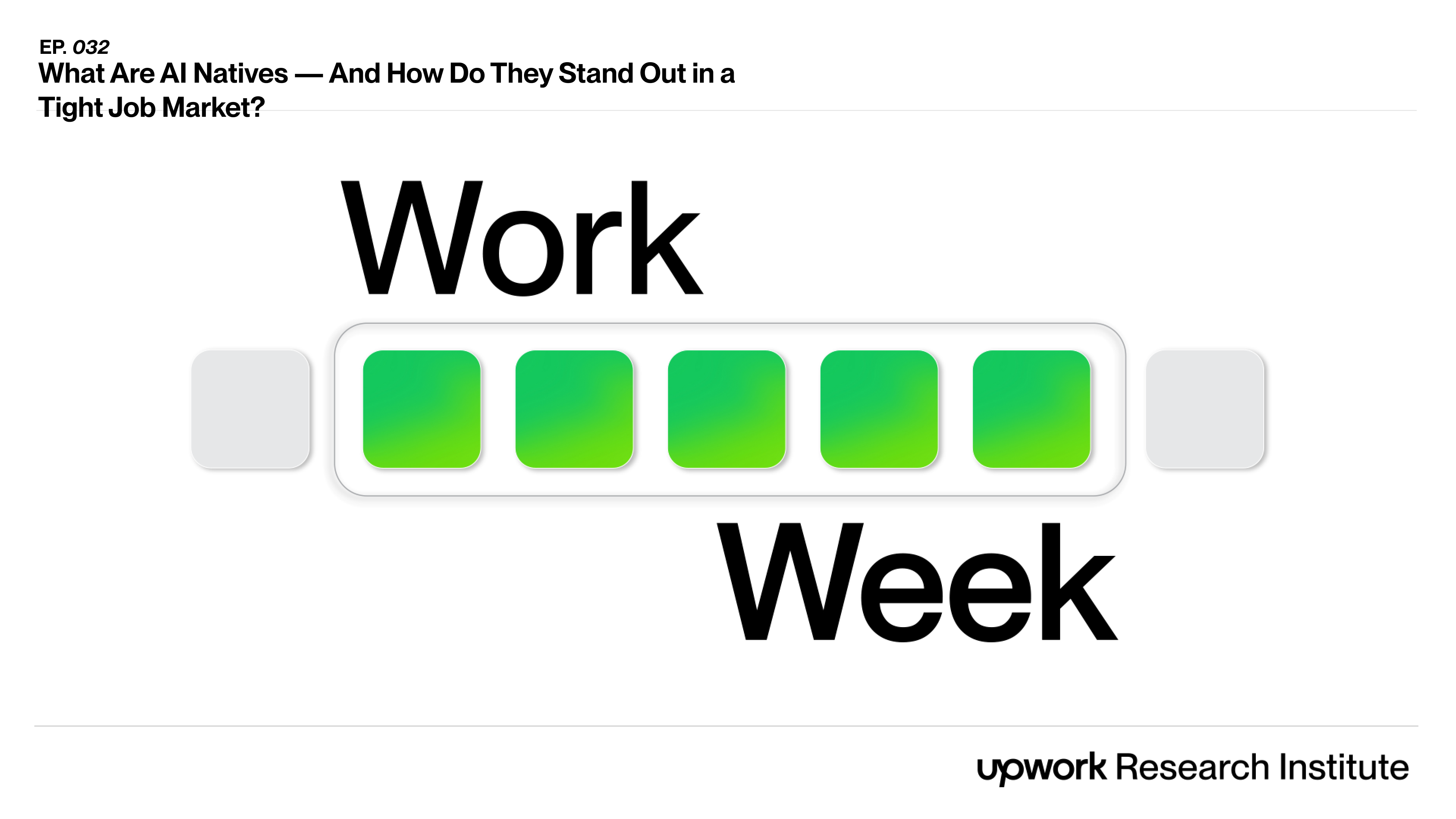


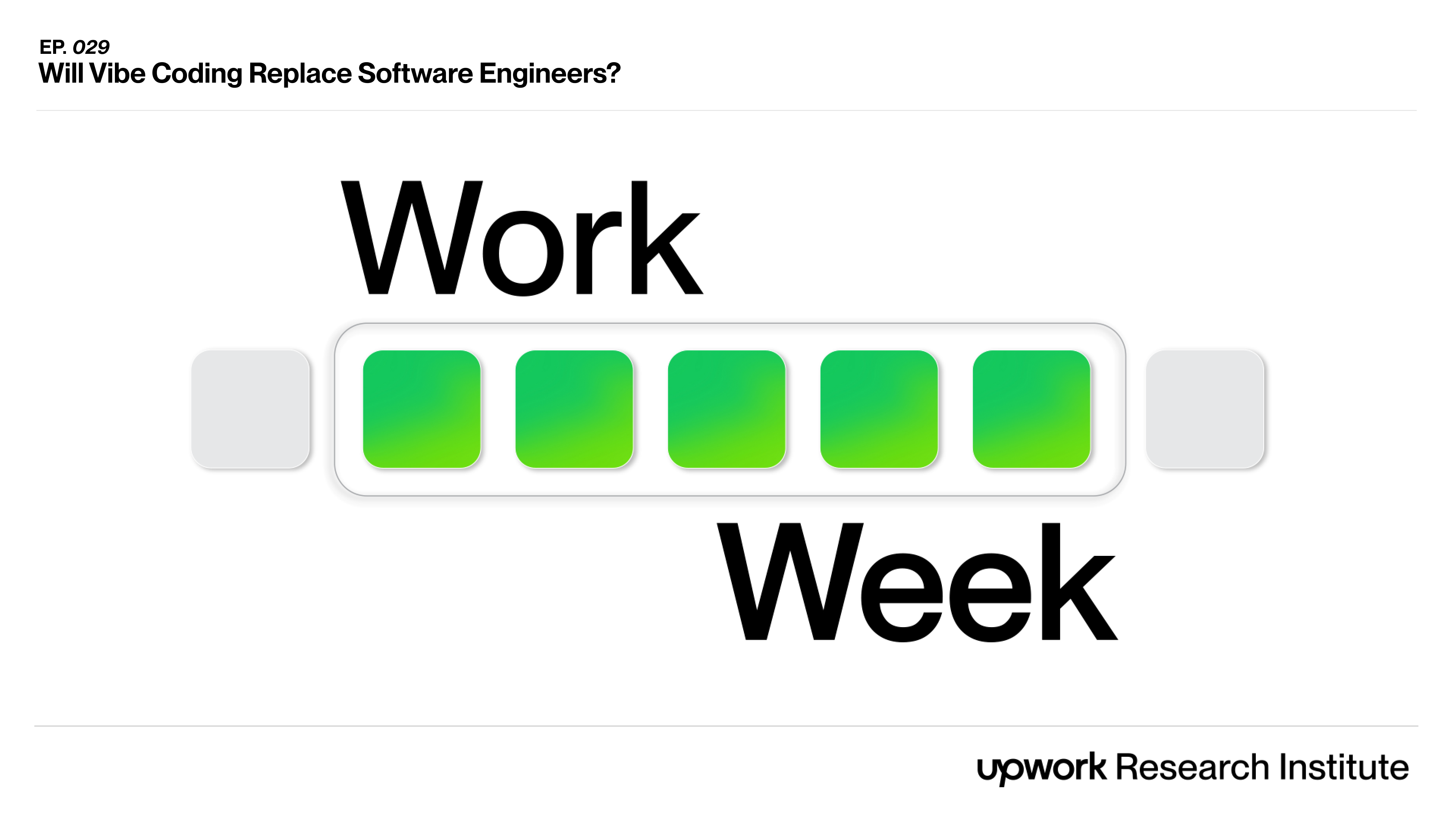


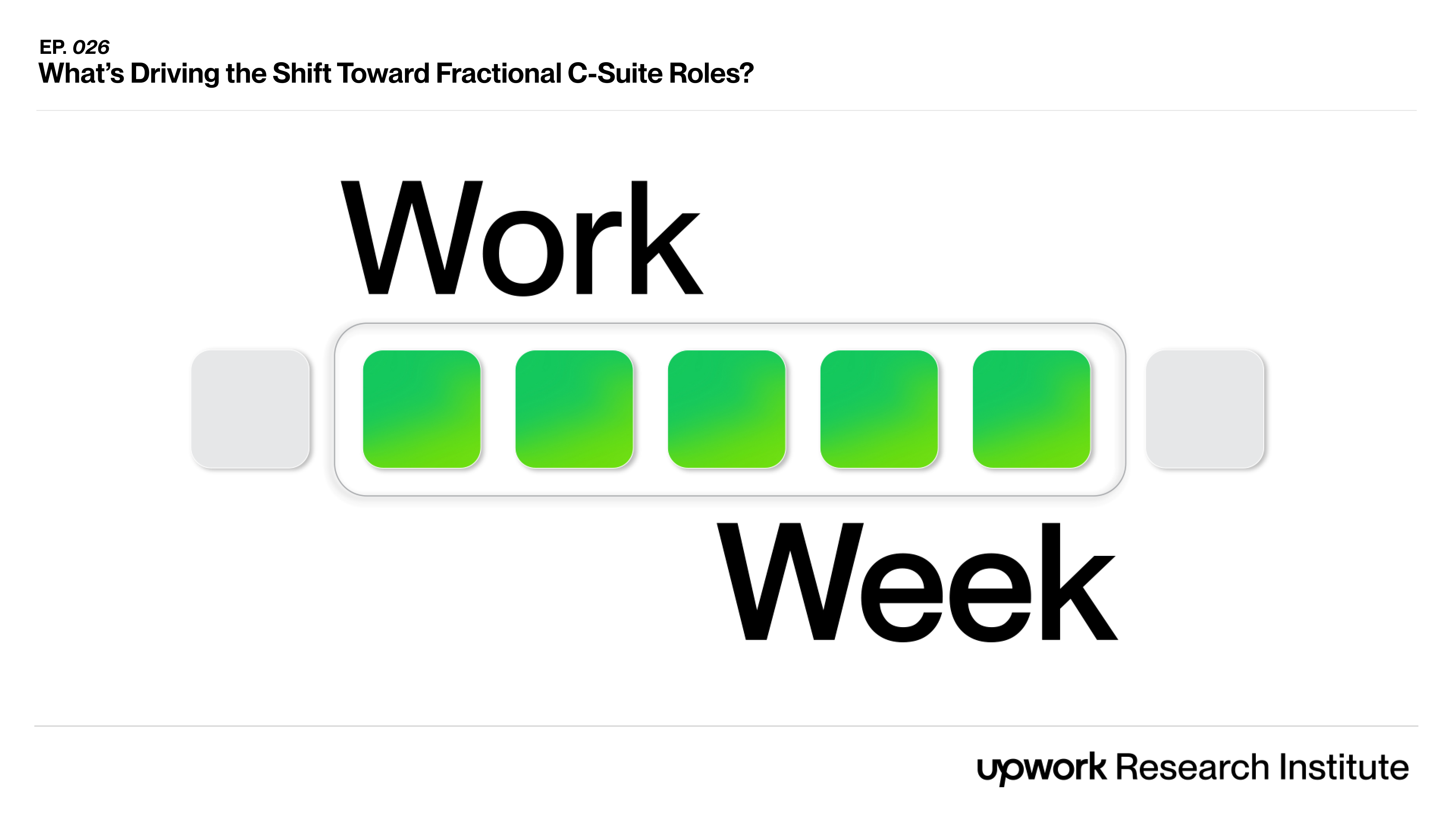
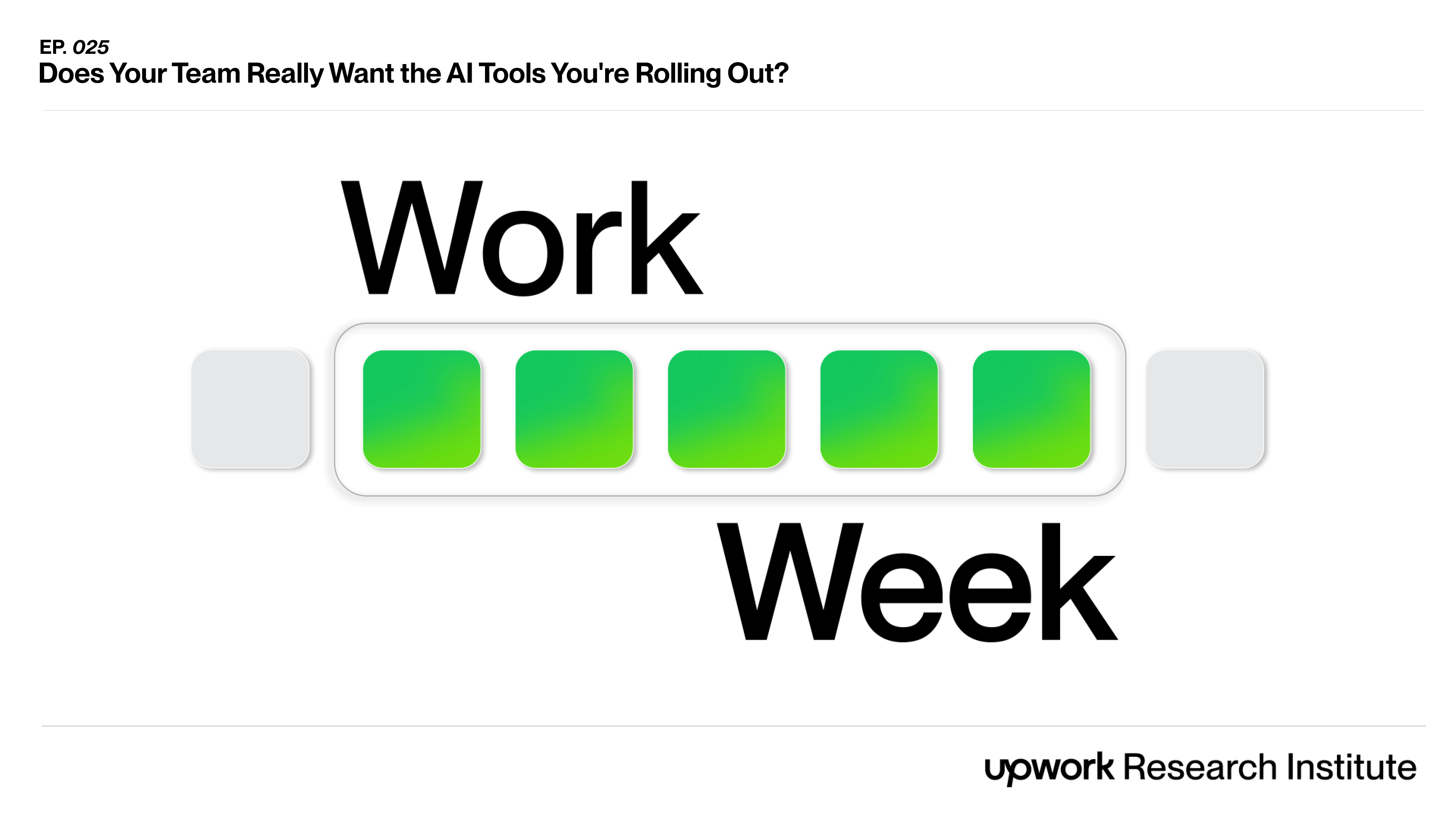

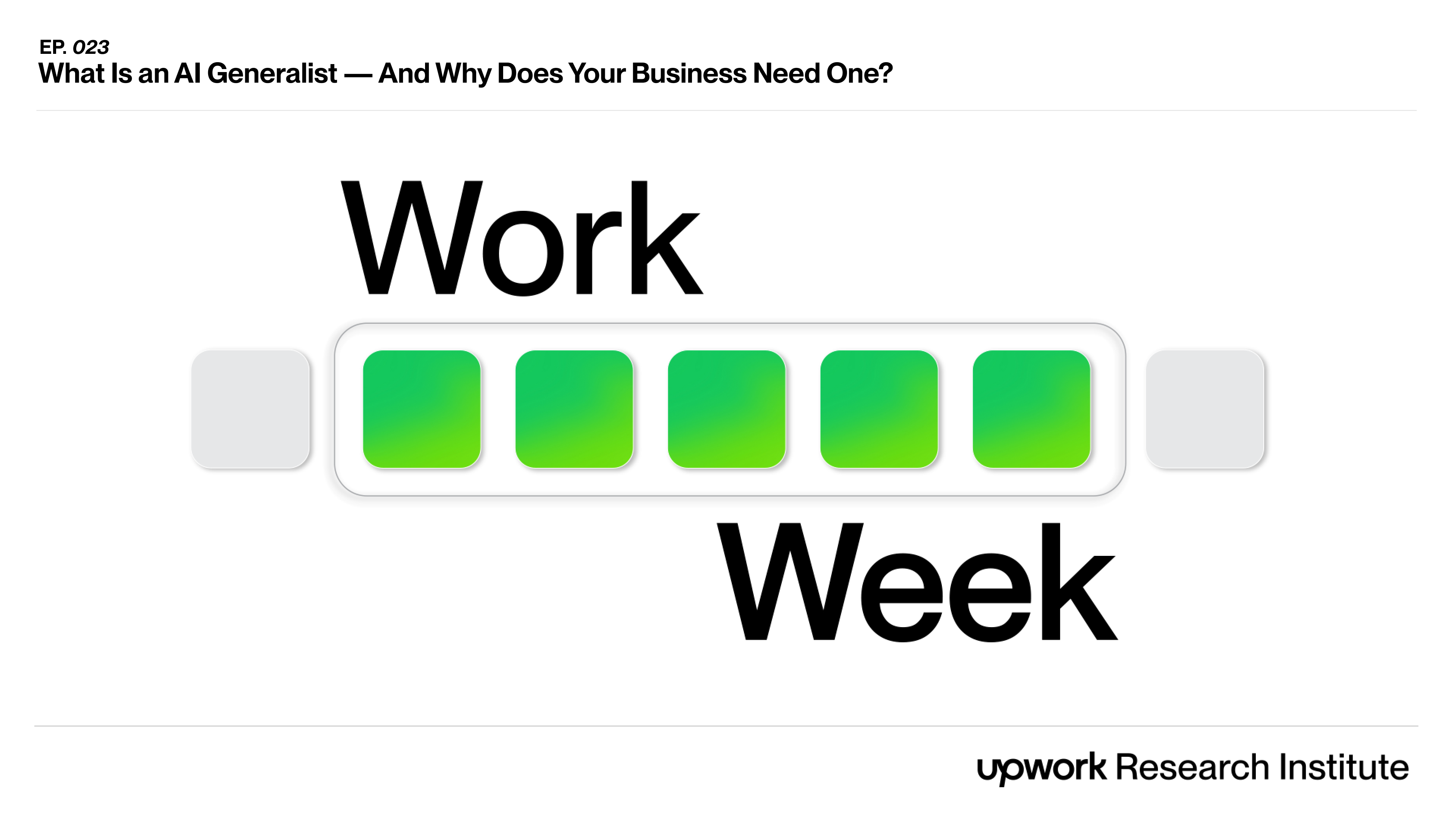






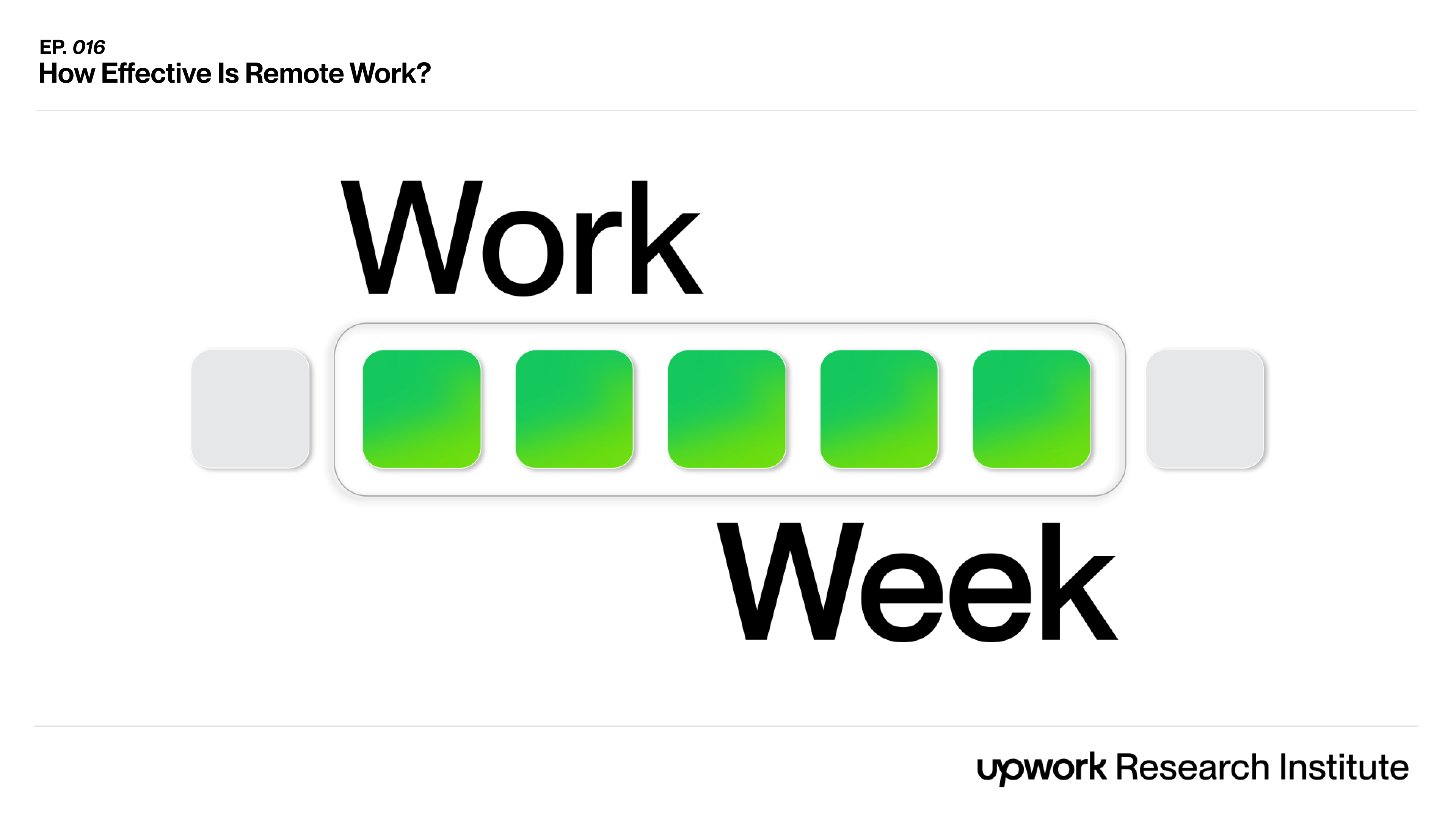
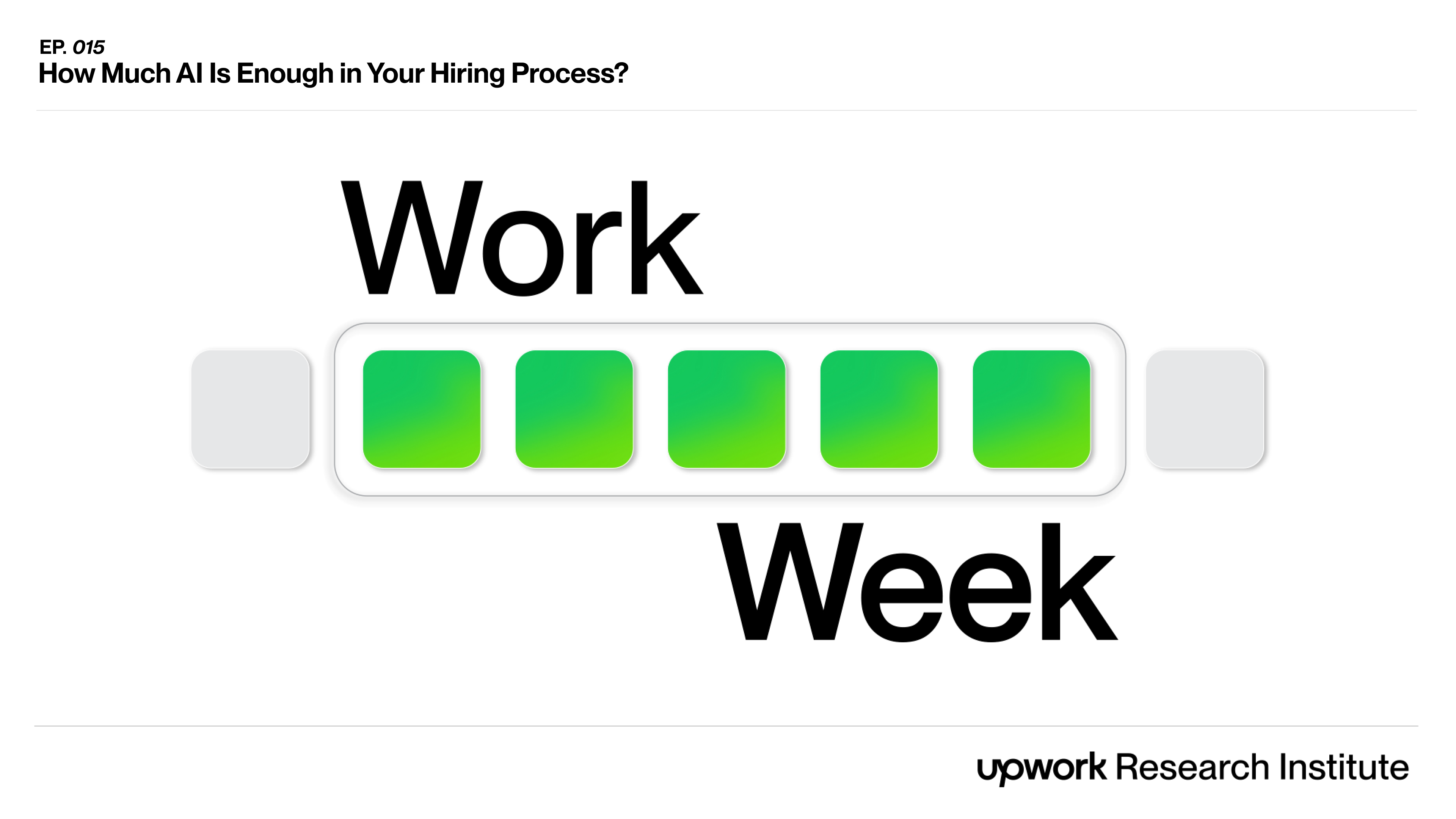

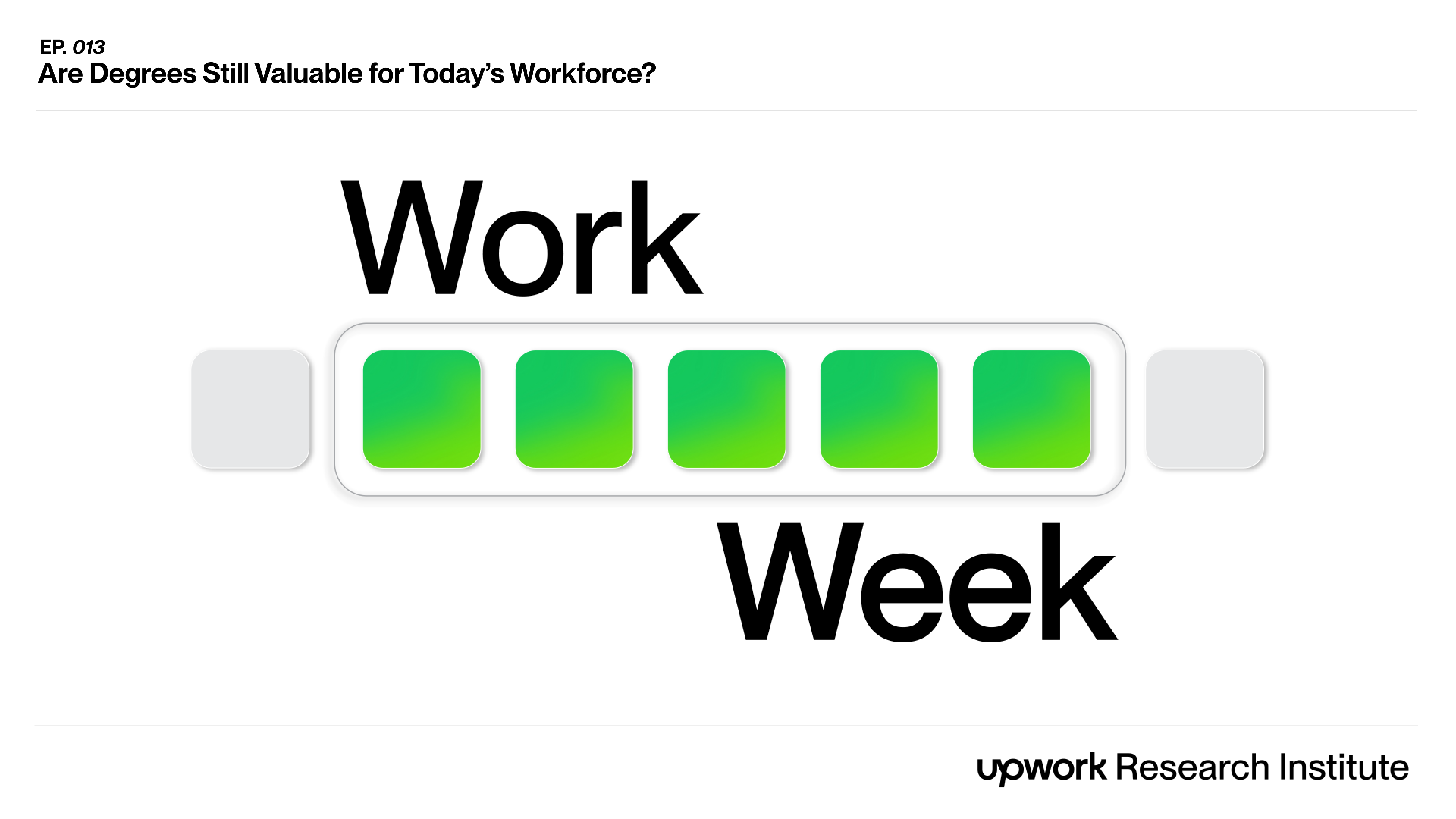
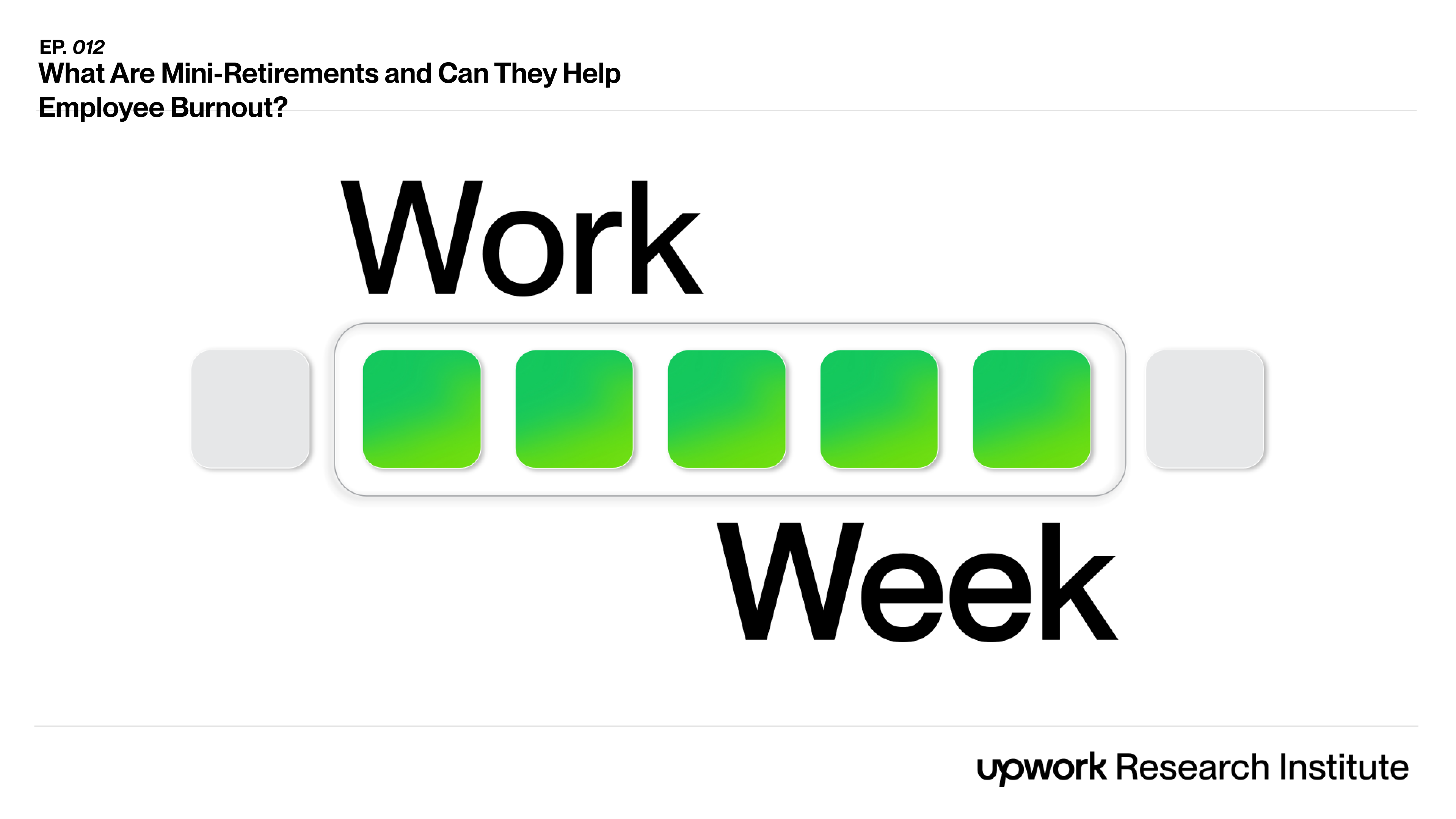
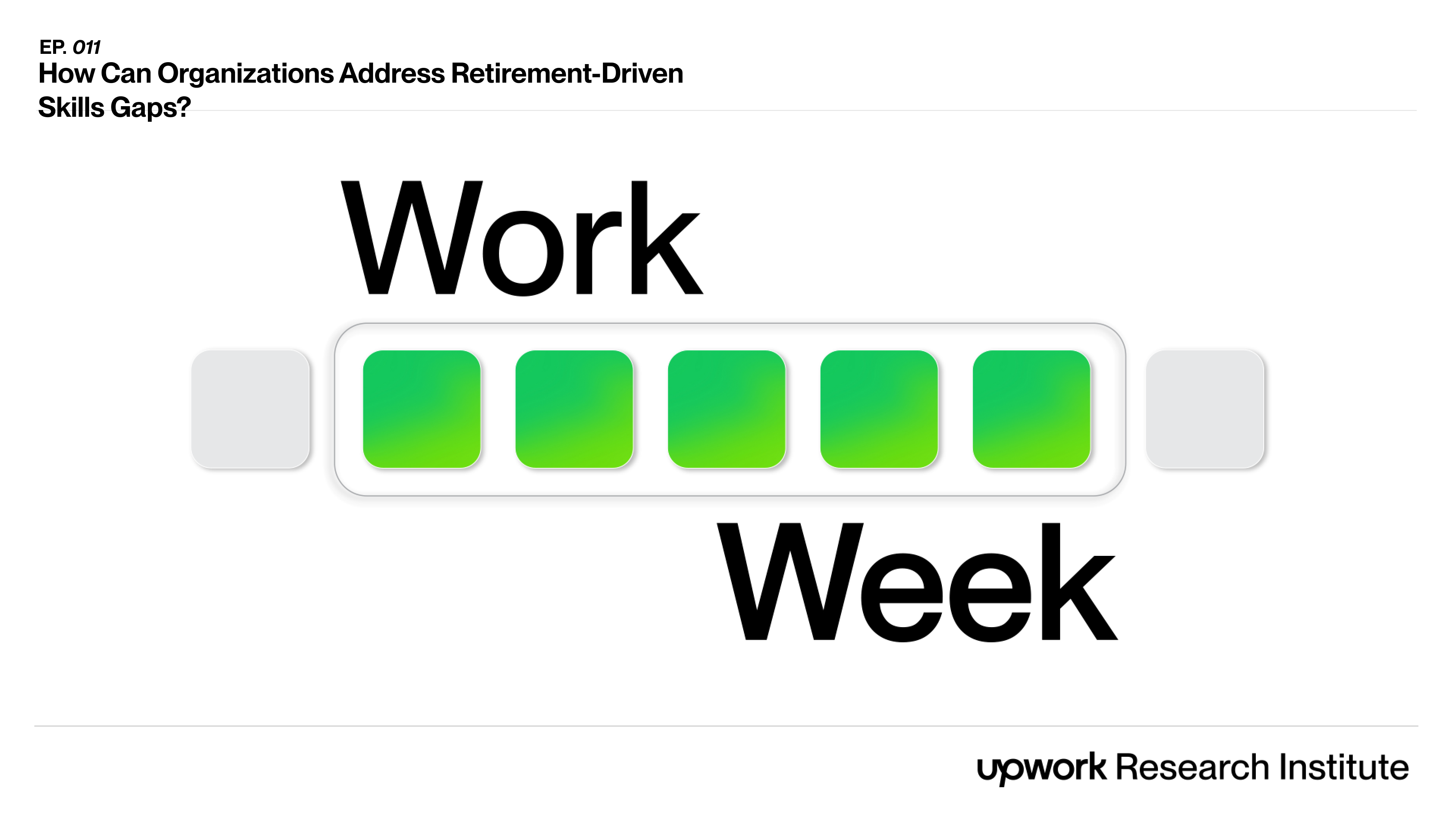

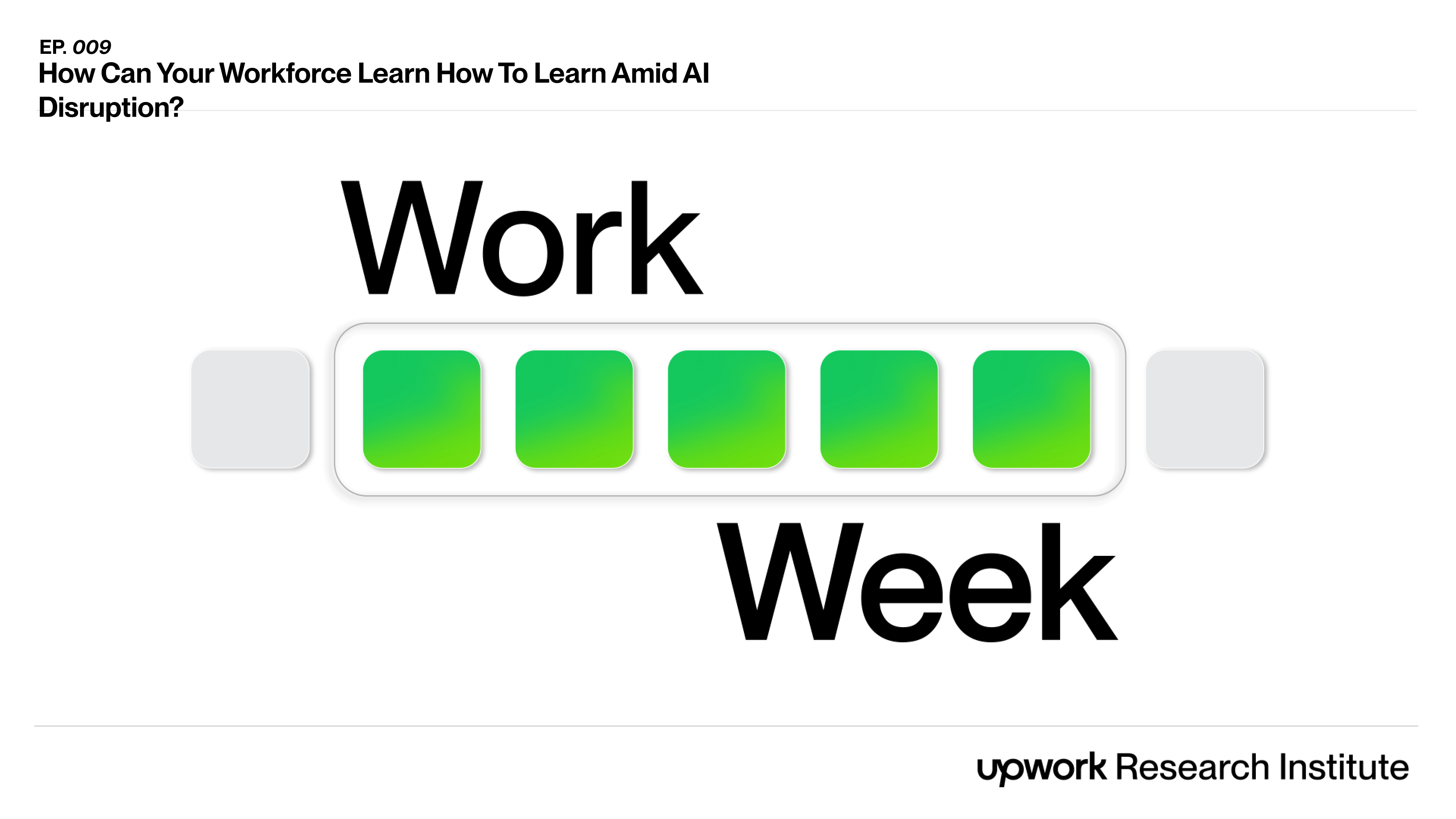

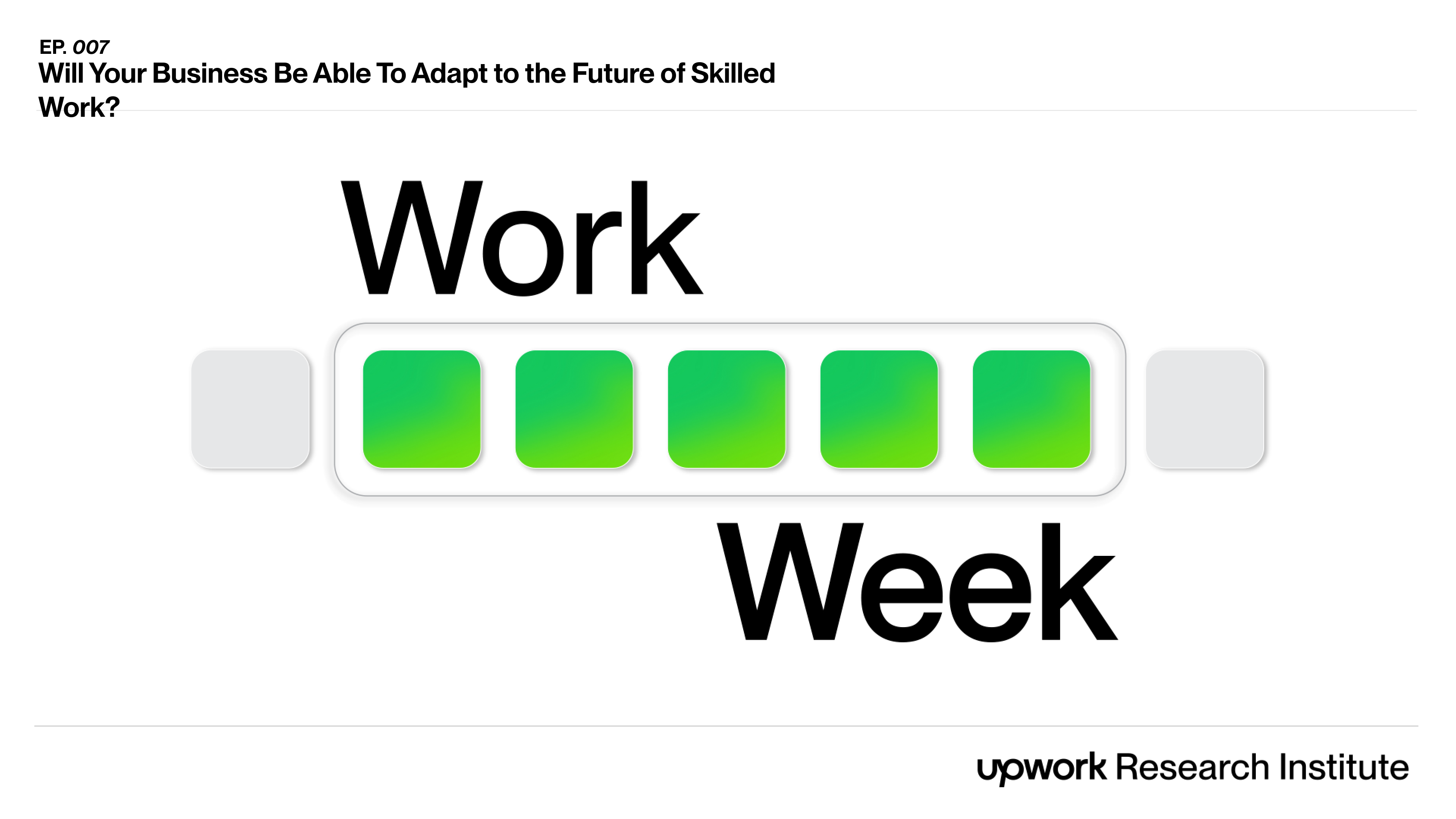
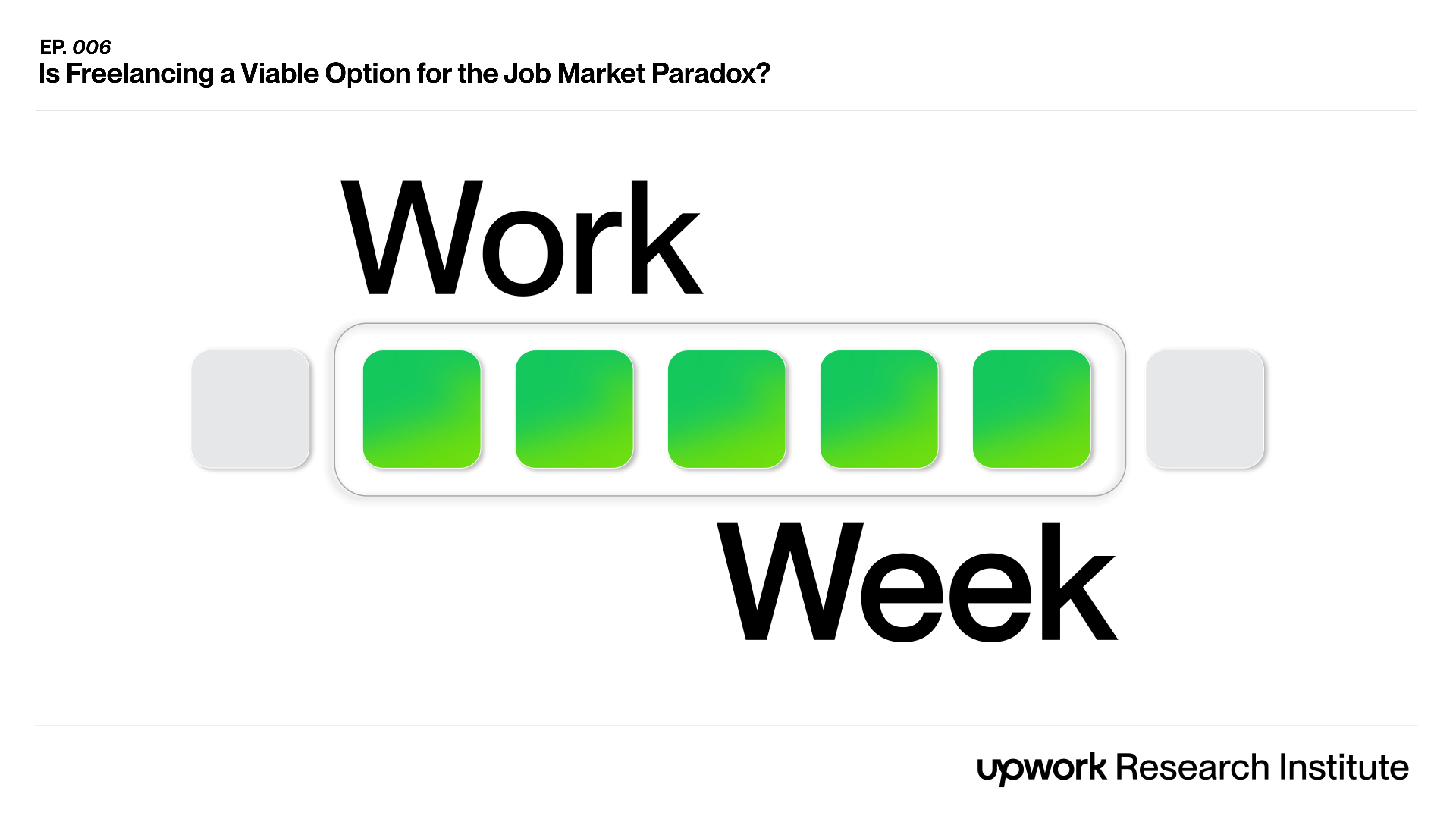
.png)


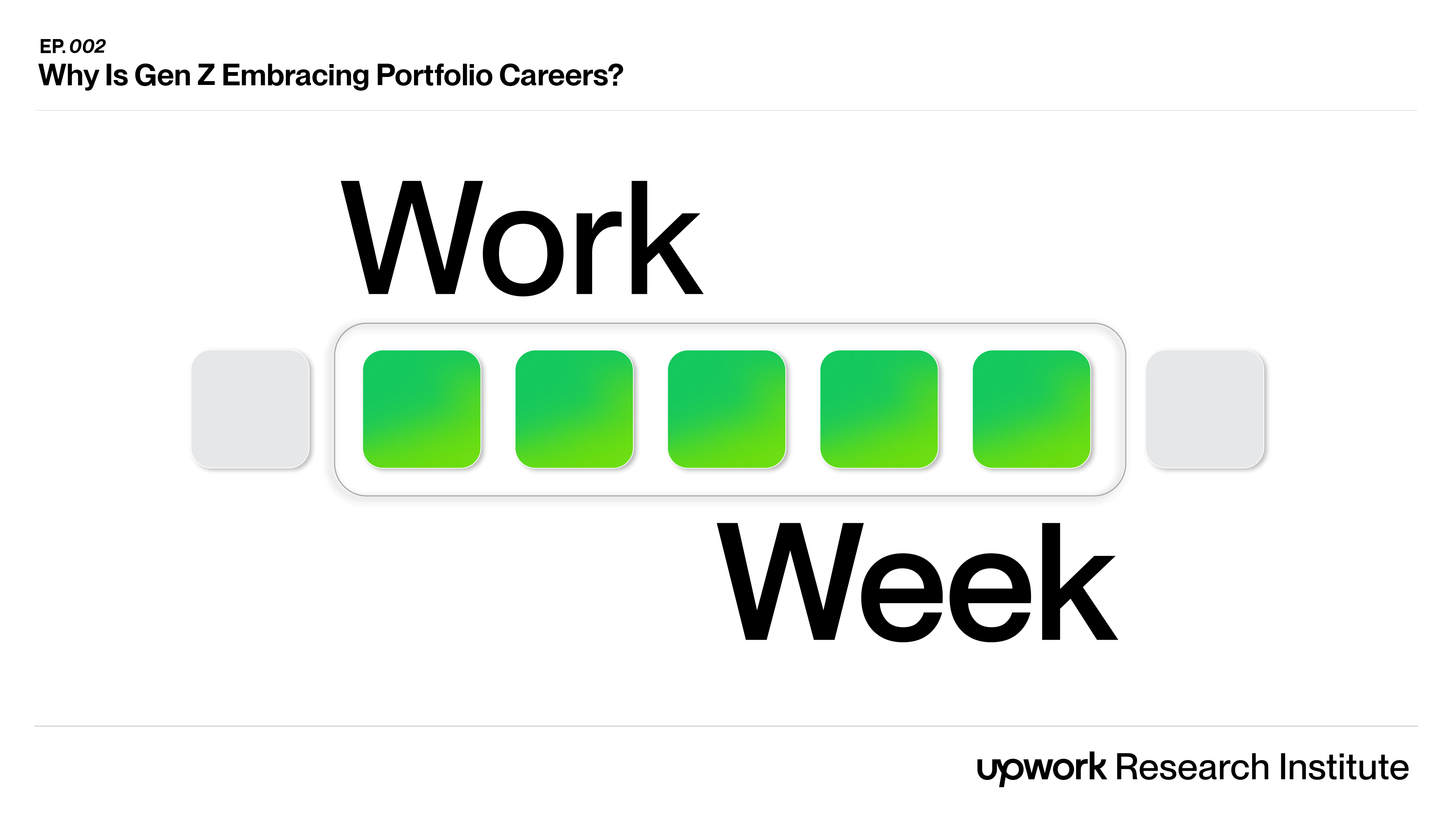
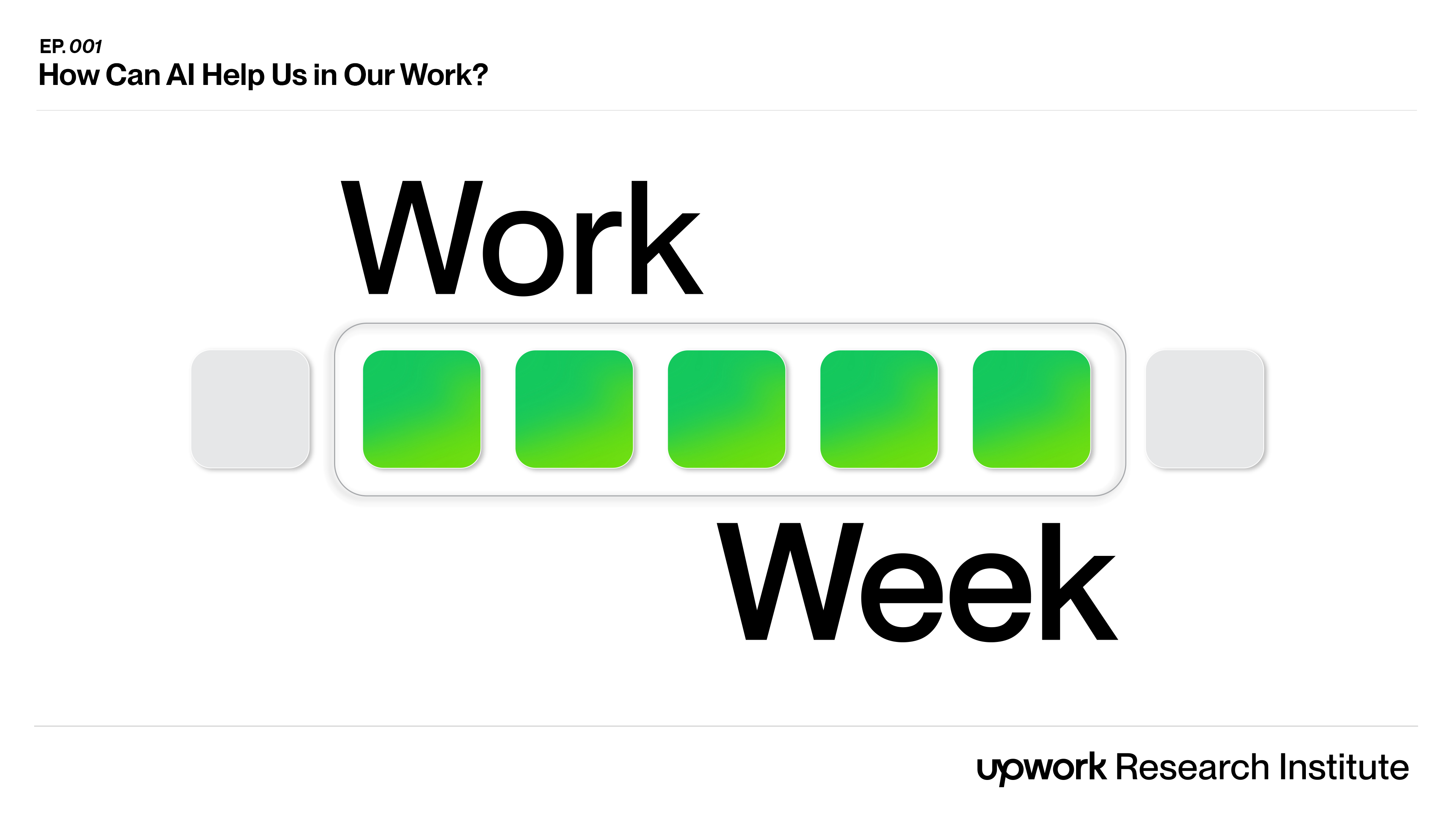
.jpg)